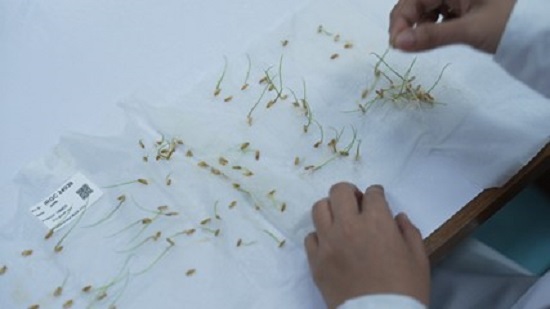What is ‘normal’ growth?

In the video, the scientists examined the germinated seeds carefully. If they are to be useful to breeders and other users, the seedlings must be free from growth defects. Only seeds that have germinated correctly can be counted as being of good enough quality.
In the ISTA rules, the ‘germination percentage’ is calculated based on the number of sown seeds that have produced seedlings classified as ‘normal’ and that are able to go on to produce a fertile plant. Sometimes, seeds may germinate, but only in a form that is not compatible with life, for instance if only the cotyledons have emerged, not the radical. Various abnormalities may be seen, depending on the type of seed: deformed seedlings, fractures, discoloration, spindly stems, etc.
It is beyond the scope of this course to go into detail on what is classified as ‘normal’ germination for every type of seed – for this, the ISTA guidelines, listed in the ‘Useful publications’ section at the end of this module, are the best source. If you ask, you may find someone in your genebank who is able to share the information that ISTA provides on your specific crops.
Scoring germination
